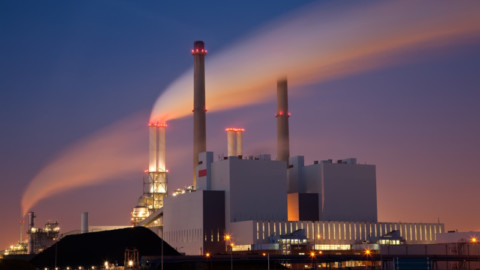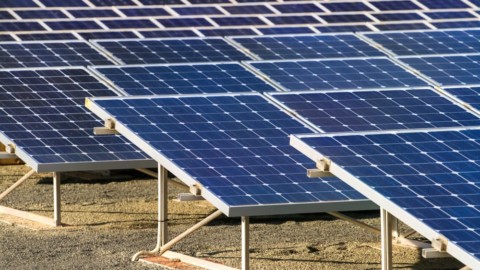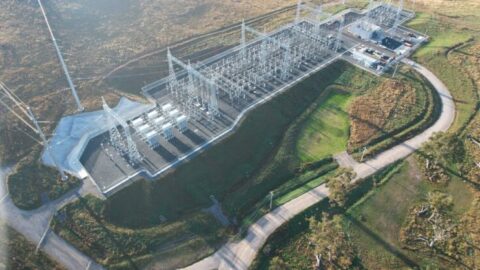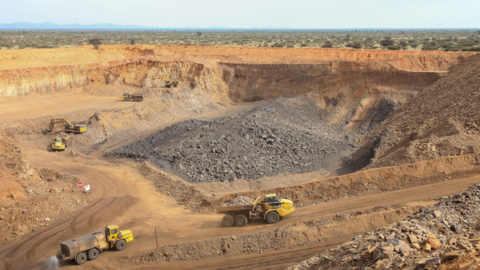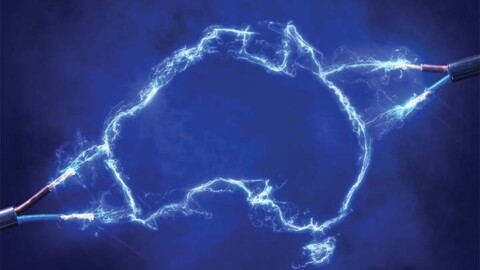The Australian Energy Market Operator (AEMO) has released its 2023 Electricity Statement of Opportunities (ESOO) report, a look into the urgent development needs of the National Electricity Market over the next decade.
The ESOO is produced using insights from developer and market participant surveys, transmission information, and extended analysis of energy limitations, like the potential impact of drought conditions, coal and gas supply shortfalls.
AEMO CEO, Daniel Westerman, said that this report highlights the pace of Australia’s energy transition and the urgency needed to deliver new investment to ensure reliable, affordable and cleaner energy for consumers.
“Over the ten-year outlook, we continue to forecast reliability gaps, which are mostly due to the expectation that 62 per cent of today’s coal fleet will retire by 2033,” Mr Westerman said.
“To ensure Australian consumers continue to have access to reliable electricity supplies, it’s critical that planned investments in transmission, generation and storage projects are urgently delivered.”
In the next ten years, electricity consumption and peak demand are predicted to grow due to population growth and economic activity, but also the electrification across all sectors of the economy, including transportation and residential heating and cooking.
Considering only existing, committed and anticipated projects as per the ESOO’s ‘Central Scenario’, reliability risks are forecast to exceed the relevant reliability standard in Victoria and South Australia from summer of 2023-24, in New South Wales from 2025-26 and Queensland from 2029-30.
The reliability gaps identified through the ‘central scenario’ form an important part of the electricity planning process, as they provide the signal, and in some cases the obligation, for electricity retailers to contract sufficient capacity to provide for a reliable power system.
“While our central scenario shows increased reliability risk, it does not reflect the reliability potential from the 248GW pipeline of proposed generation and storage projects, actionable transmission projects and government energy programs underway,” Mr Westerman said.
“Federal and State Government initiatives, including transmission projects identified in the Integrated System Plan, and mechanisms delivering firming capacity, such as the Federal Government’s Capacity Investment Scheme, can address many of the identified risks over most of the ten-year horizon, if delivered to schedule.
“There is also the opportunity for consumers’ rooftop solar, batteries and electric vehicles to actively participate in the power system, which would further reduce reliability risks.”
Compared to last summer, around 3.4GW of new generation and storage capacity is expected to be available in 2023, which is forecast to be hotter than previous years, meaning electricity demand may be higher than observed in recent years.
“We’re expecting an elevated level of risk compared to recent years, mostly due to hotter and drier conditions, and coal-fired generation reliability is at historic lows,” Mr Westerman said.
“The entire industry is focused on managing the risks in the summer ahead, particularly during high-demand periods coupled with generation outages and low renewable output, but some risk will remain.
“In the longer term, AEMO will continue to collaborate with industry and governments to deliver energy projects to maintain reliable and affordable electricity for all consumers.”
Industry comments
The Australian Energy Council’s Chief Executive, Sarah McNamara, said that this statement of opportunities is intended to highlight potential shortfalls which acts as a spur to new investment and for that reason is a useful document.
“As noted by Western Australia’s Energy Minister, Bill Johnston, recently, what these statements say is that if there is no new investment, then there could be a shortfall. But that’s in the future,” Ms McNamara said.
“It also reinforces the need for careful coordination and prioritisation of the necessary generation, firming capacity and transmission.
“There is still time to meet these challenges and realise these opportunities if the market is permitted to provide the price signals necessary to bring forward investment.
“Even if new investment were not forthcoming, it’s worth noting that most of the near-term reliability shortfalls relate only to the ‘interim’ reliability standard, which is a very conservative measure, and not the traditional reliability standard.”
Climate Energy Finance Director, Tim Buckley, said that the AEMO’s statement demonstrates that State and Federal Governments must move with urgency to expedite planned transmission projects, utility and distributed renewable energy generation, and storage.
“While AEMO’s projections show that in the absence of accelerated delivery some gaps in reliability will arise over the coming decade, this is a result of the retirement of 62 per cent of Australia’s end-of-life coal power clunkers by 2033 – generators that are in any case increasingly unreliable and prone to unplanned outages that impact supply,” Mr Buckley said.
“A clear indicator of this is the fact that in 2022, forced outages at Australia’s ageing coal power fleet left the grid short of forecast coal generation capacity for nearly one-quarter of the year. Continuing to place reliance on outmoded, polluting and unreliable coal power is an unacceptable concentration of risk, and investment should be directed to energy transition.
“Notably, AEMO explicitly confirms that risks to supply can be adequately addressed by State and Federal Government renewable energy transition initiatives currently underway. These include enhancing orchestration of virtual power plants and distributed energy resources such as rooftop solar, to help shore up supply and firming, major transmission infrastructure, pumped hydro storage and battery energy storage systems, assuming these can be delivered on schedule.”



